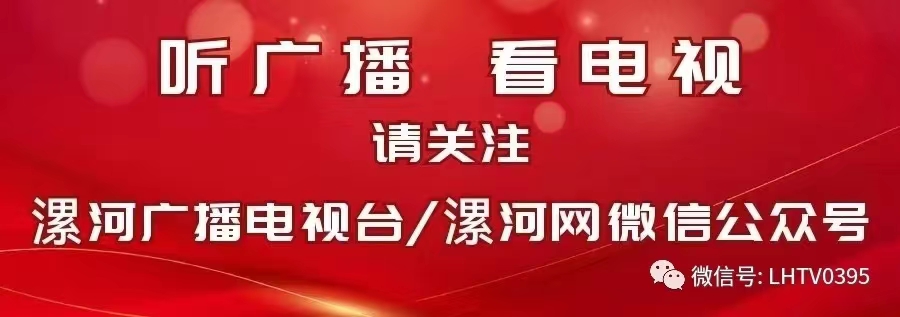



Born in the Golog Tibetan Autonomous Prefecture in northwest China's Qinghai, Nyidoin Lhamo spent her early years tending livestock on the remote grasslands. Her dream for education was realized in 2019 with the inauguration of the Golog-Xining Ethnic High School under a paired assistance project with Shanghai.
"I want to be a teacher. Just like my teachers, I want to work wherever I am needed," she said.
The university undergraduate admission rate among the first batch of the school's graduates reached approximately 68 percent, breaking the long-standing trend in Golog, where the admission rate had consistently been below 20 percent, said Chang Tu, president of the school, who was transferred here from Shanghai for a nearly two-year stint.
Such assistance projects have streamlined educational support, providing both talent and funding from the country's eastern regions to the western regions.
This initiative is part of China's extensive efforts to ensure that every child has fair access to quality education. Over the past decade, education has been prioritized in the country's strategic planning, financial investment and allocation of public resources.
Data shows that since the 18th Communist Party of China National Congress in 2012, educational investment in China's central and western regions has grown significantly, especially in places such as Xinjiang, Xizang and Guizhou.
The proportion of national fiscal expenditure on education as a percentage of GDP has remained above 4 percent for 11 consecutive years.
China boasts the largest education system in the world. As of 2023, the gross enrollment rates for preschool education, secondary education and higher education reached 91.1 percent, 91.8 percent and 60.2 percent, respectively.
Beyond "making education universally available," China has initiated an array of reforms to promote the quality of the education system and ensure the well-rounded development of students in the new era, which include improving curriculum building and implementing the "double reduction" policy.
The "double reduction" policy is aimed at reducing the excessive homework load and after-school tutoring hours for students in compulsory education and boosting the all-round development and personal growth of students.
Schools across the country are designing courses that can nurture students with sound moral grounding, intellectual ability, physical vigor, aesthetic sensibility, and work skills.
China's college entrance examination, also known as "gaokao," is another major area that experienced reforms over the past decade in a phased manner, with the aim of enhancing the fairness and scientific nature of this talent selection system.
A total of 29 provinces have been directed to undertake comprehensive reforms in five separate batches since 2014.
At present, in most provincial-level regions, students are no longer categorized into arts or science streams. Instead, their exam scores are determined by two components: the grades in compulsory courses such as Chinese, mathematics and English, as well as three other academic disciplines of their choice.
The reform is the most comprehensive and systematic top-level design implemented by China for the exam since its resumption in 1977, according to Qin Chunhua, an examination research expert from Peking University.
"I really like this method; choose what you are good at," said Xu Yihua, a student from Zhejiang who took the exam in 2017. The province was among the first batch to launch the reform.
In addition to the exam itself, the reform reshaped the admissions and enrollment landscape by allowing students to apply to more universities and majors. It also introduced a comprehensive assessment system that includes scores from proficiency tests and interviews.
The vigorous development of China's vocational education over the past decade has also offered people diversified pathways to success.
Bai Jinke, 20, who is pursuing electrical engineering at Luohe Technician College in central China's Henan Province, has been training a service robot in preparation for a local vocational skills competition in September.
Bai, once bored with traditional middle school studies, now spends around 13 hours a day working with his robot. "I'm more interested in hands-on work," he said.
In recent years, China's vocational education has expanded beyond its traditional focus on beauty and hairdressing, culinary arts and excavator operation. It has shifted toward fields like robotics, new energy and electron microscopy. Industries such as aerospace and airliner manufacturing, once distant prospects for vocational school graduates, are now within reach.
To build a modern vocational education system, China has elevated its legal status, making it equal to general education, and introduced bachelor's degree programs within the vocational education framework.
Bai said he aspires to become a skilled engineer after completing his five-year vocational program. Similar optimism for career prospects is echoed by students at Guangdong Machinery Technician College in south China. The institution has formed alliances with approximately 250 enterprises, which provide 17,000 jobs annually to its graduates.
Today, the country has more than 200 million skilled workers, accounting for 26 percent of its overall workforce and around 60 million of them are highly skilled. ■